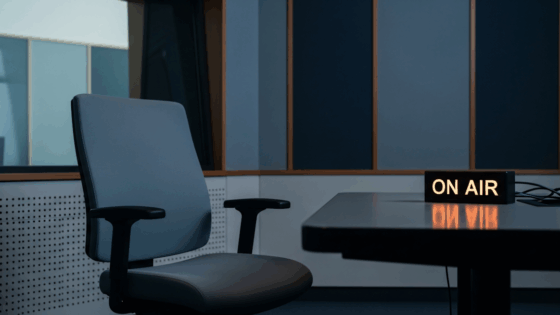on
BY SIMONE J. SMITH
Last year, Apple sold 28 million pairs of its tiny, white wireless earbuds. The year before, they sold 16 million pairs. With a new design reportedly on the way, the technology company is set to profit even more on sound.
It is no wonder that everywhere you turn, you see people talking to themselves. It is weird, but strangely normal. The only issue is, these devices could be pumping more than beats into wearers heads. Now, there are concerns that ear buds might actually be harmful to the wearer’s health. Let’s take a look at what has been reported, and what has been researched.
Scientists are growing increasingly concerned over the potential health risks of wireless technologies, which they say national and international regulations ‘fail’ to limit. There are 250 scientists from over 40 countries who have signed a petition to the WHO and UN to warn against radio wave radiation from wireless technologies.
Dr Moskowitz, a University of California, Berkeley community health professor who focuses on cell phone exposures, says there isn’t even research on what this could do to the brain yet, let alone regulations to limit the potential effects.
The most obvious and well-researched risk of radio waves is that, at high levels, they can generate heat and cause burns. Scientists are still working out the effects of long-term exposure to lower-power radio waves.
Scientists have exposed animals to this form of radiation. Reproductive, neurological and genetic damage has become more common in those animals than would be expected in a normal sample of the same animals.
What we do know is that the strength of radiation released by Bluetooth headsets is significantly lower than other forms of radiation such as cell phones, X-rays, or ultraviolet light. Wireless devices produce non-ionizing radiation, meaning that radiation is too weak to remove electrons from atoms.
Okay, so we are not sure if the radiation is going to affect us in the long run; are there other concerns that wearers should have?
Great question.
The use of headphones has been thought to cause infection in the ear canal. In one study (https://www.ncbi.nlm.nih.gov/pmc/articles/PMC3406203/), scientists wanted to determine the prevalence of ear canal infection and other related diseases of the ear, nose and throat. Their hearing thresholds were also determined using the Amplaid 309 Clinical Audiometer.
They found no incidence of infection of the external ear canal amongst the subjects. There were 4 cases of chronic middle ear infection and 4 cases of impacted wax. Hearing impairment was found in 25 subjects (21.2%). However, there was no significant association between hearing loss and the exposure to sound from headphone usage because the high frequencies were not predominantly affected.
There was also no association between hearing loss and duration of service.
Now, everyone is different, so if you or your child have been experiencing ear infections, here is what you can do to prevent them:
- Avoid skin contact with materials you are allergic to
- Clean new headphones or earbuds before you use them for the first time
- Regularly clean your headgear; at least once a week and after each sweat-inducing chore or workout
- Avoid sharing earbuds and clean headphones before and after sharing them
- Limit your use of headphones and ear buds to a couple hours per day
In another study conducted by the World Health Organization, “IARC CLASSIFIES RADIOFREQUENCY ELECTROMAGNETIC FIELDS AS POSSIBLY CARCINOGENIC TO HUMANS,” (https://www.iarc.who.int/wp-content/uploads/2018/07/pr208_E.pdf) they classified radio frequency electromagnetic fields as possibly carcinogenic to humans, based on an increased risk for glioma, a malignant type of brain cancer associated with wireless phone use.
We can go back and forth on this issue, but the real danger is that not enough is known on EMF radiation or wireless devices to understand the adverse effects fully. Yes, wireless headphones do emit EMF radiation, but the amount is so small that it is considered negligible. However, these devices are near the brain, which may increase the negative effects.
This remains a topic of debate, and all we know for now is that there is some risk, and though it is small, it is not entirely clear what the damage could be.
Stay in the loop with exclusive news, stories, and insights—delivered straight to your inbox. No fluff, just real content that matters. Sign up today!
We, as humans are guaranteed certain things in life: stressors, taxes, bills and death are the first thoughts that pop to mind. It is not uncommon that many people find a hard time dealing with these daily life stressors, and at times will find themselves losing control over their lives. Simone Jennifer Smith’s great passion is using the gifts that have been given to her, to help educate her clients on how to live meaningful lives. The Hear to Help Team consists of powerfully motivated individuals, who like Simone, see that there is a need in this world; a need for real connection. As the founder and Director of Hear 2 Help, Simone leads a team that goes out into the community day to day, servicing families with their educational, legal and mental health needs.Her dedication shows in her Toronto Caribbean newspaper articles, and in her role as a host on the TCN TV Network.













